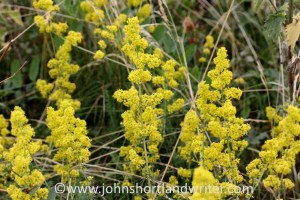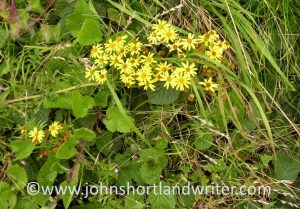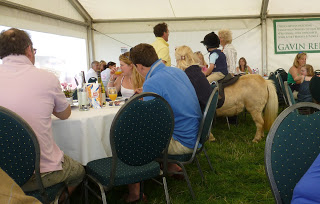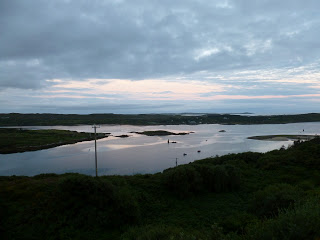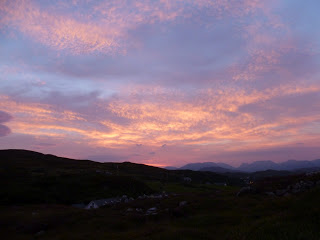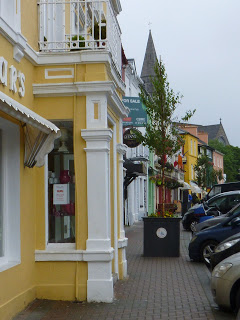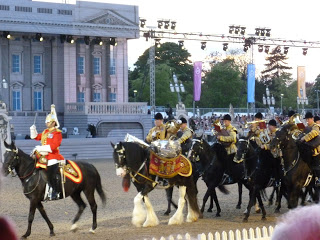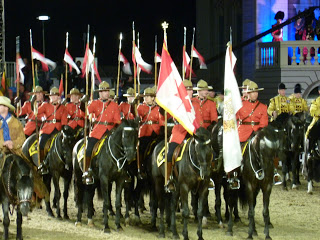I have just returned home from a 48-hour trip up north to Yorkshire. I felt a bit reckless travelling so far, only to discover that ‘up north’ isn’t as far away as we southerners always believe. We may have got that wrong but the famed warm Yorkshire welcome is as true as ever. The reason for my visit was to watch the oldest horse race in the English sporting calendar.

Taking place on the third Thursday in March (when the weather can be very variable), tradition says that if for any reason it is cancelled it will never be run again. To ensure its continuity during Covid restrictions one horse took part; in the harsh winter of 1947 again one horse took part, its jockey sometimes having to dismount to clear a path through the snowdrifts. This year, although the weather has been exceptionally wet, the race took place with nineteen entries and a large supporting crowd. It was the 505th race for It has been run since 1519.

Like all traditions the race has its quirks. Perhaps the strangest being that the race begins at the finish post. From there the competitors walk the 4+ miles to the starting point where they turn around and go hell-for-leather back to the finish. Although the winner receives a trophy and the cache of being first, it is coming second that is the most contested place for the runner-up receives all the prize money – now that is quirky! As with ‘normal’ races, placing bets on favoured horses or jockeys adds to the day’s excitement.


We had travelled to the race to watch our good friend, Carole Johnston, compete. Not only had Carole never raced before she was also not riding a racehorse but a lovely Irish cob that had until recently belonged to her friend, Kate Jeffery. Kate had loaned the horse to Carole when she found that she had been diagnosed with cancer. Sadly, Kate’s treatment was not successful and Carole decided to ride her horse, Lorna, at the Derby to raise funds for the local St Leonard’s Hospice in Kate’s memory.
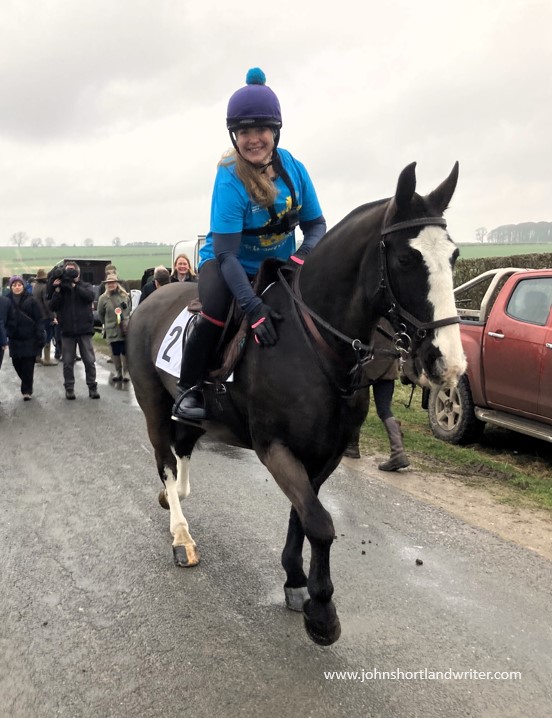
As word spread of Carole’s intention and bravery – for she suffers from back and balance issues – so the fund-raising gathered pace. Newspaper interviews and television appearances followed and, on the day, both were present to speak to her before and after the race. As if training for the race and competing wasn’t enough, Carole who is an excellent baker, opened the home she shares with her partner Ollie Heywood to all for much-needed warming soup, cake and pudding. More than seventy people joined them after the race and generously adding more to the funds already raised.
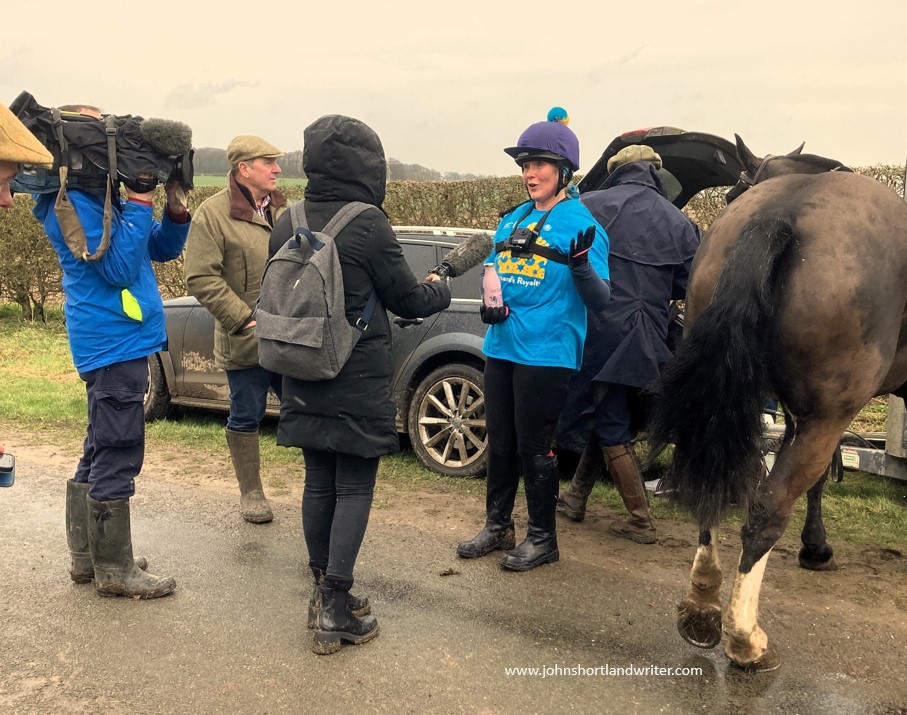

Carole always said that taking part in the race was all about Kate and her horse, Lorna. The course is difficult for it takes place not on a conventional racecourse but along muddy and often rutted lanes, tracks and field margins. Carole’s intention was solely to reach the finish line with both her and Lorna in one piece. As it happened, she did manage this, and in some style, as can be seen from the photos, both thoroughly enjoyed themselves. To date, many thousands of pounds has been raised for the hospice in Kate’s memory but more is always welcome. If you are able to add to the funds and help to take it over £10,000, Carole, the hospice and Kate’s husband, Chris will be more than grateful. Click on the link here to donate.





